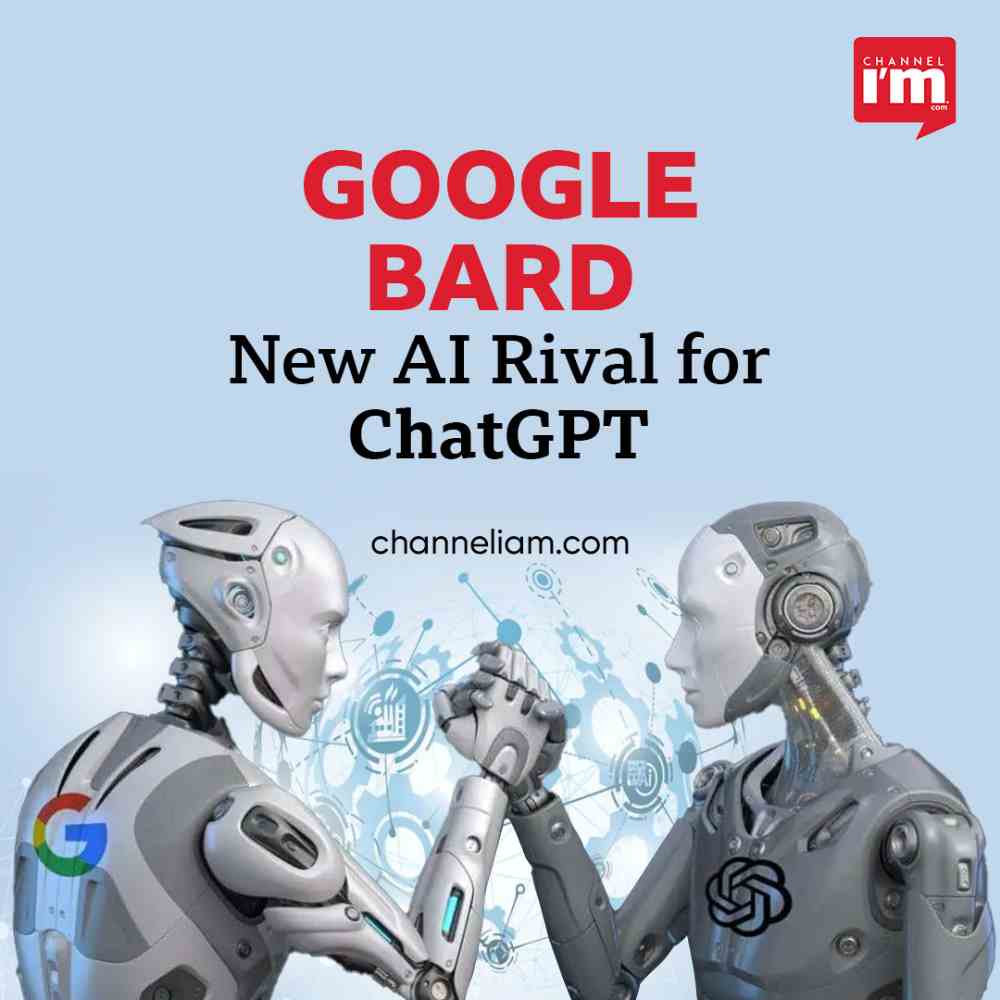Google created the Google Bard AI (Bidirectional Encoder Representations from Transformers) language model to create higher-quality text by foreseeing the next word in a given phrase based on context. It is trained on a large text corpus and can be tailored to able to synthesize text in a specific style or domain using smaller datasets. GPT-3 (Generative Pretrained Transformer 3), the third version of Open AI’s language model, was trained on large amounts of text data and is capable of producing, summing up and translating text, responding to queries, and performing a variety of other natural language tasks.

Both ChatGPT and Google Bard AI are AI language models, but there are some significant differences. Although both ChatGPT and Google Bard AI are AI language models, there are several significant differences. Google Bard AI, a chatbot that competes with Open AI’s ChatGPT model, was unveiled a few days ago. Bard will make use of current online resources, such as statistics and sources. Bard will have access to the most recent date and will be able to provide more up-to-date information, whereas ChatGPT’s knowledge is limited to the
events up to the year 2021. Bard will have access to a wealth of data and will be integrated with Google’s search engine, giving it an advantage over Microsoft-supported ChatGPT.
While ChatGPT can make some factual errors and sensationalize stories, Google’s Bard AI is expected to provide more reliable information to consumers. Courtesy Google’s massive data collection, Bard AI has an
advantage over other AI platforms like ChatGPT in terms of the breadth and scope of information. Bard will be able to distil complex ideas into digestible, conversation-starting bites. The goal is to disseminate information more broadly in an understandable manner that may inspire everyone, especially children, to learn. Chat GPT, on the other hand, generates content in response to a text prompt.
Bard AI is not yet available to the general public, but it holds enormous promise. Shortly, there’s going to be an AI arms race, and it remains to be seen which AI model will triumph. Virtual personal assistants and other smart home devices are becoming more common, and they are already changing the way we live and work. Despite these advancements, the use of AI continues to spark debate due to concerns about job loss and moral implications. As a as a result, it is critical for businesses to carefully evaluate the advantages and dangers of using AI and to implement these technologies in an ethically and transparent manner.
